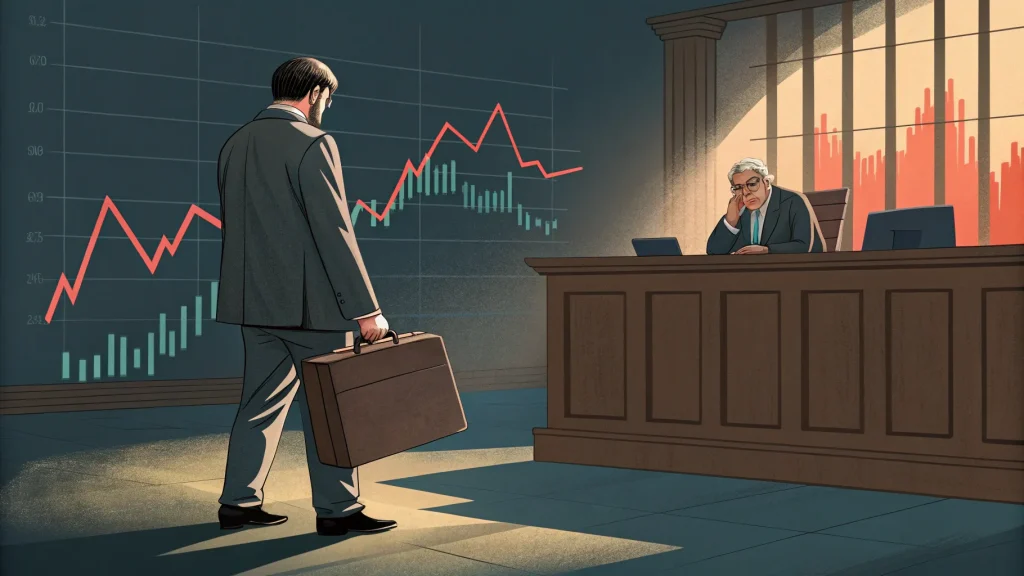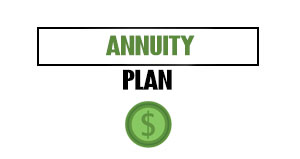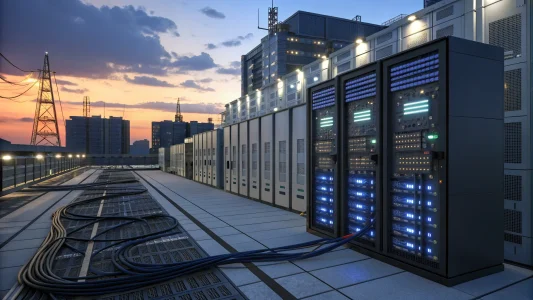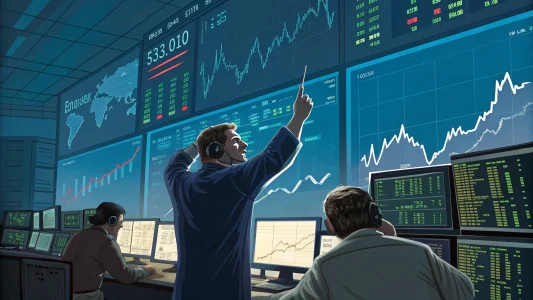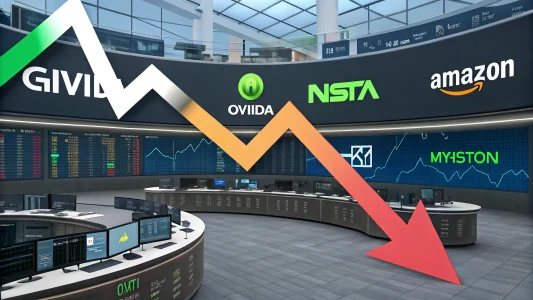Markets hate legal uncertainty. On Friday, stocks sold off after Donald Trump threatened a 100% tariff increase on imports from China. The selloff was sharp because traders quickly priced in supply chain stress, profit margin pressure, and fresh inflation risk. Yet the most important part of this story is not about trade, inflation, or even China. It is about the law—and the high odds that a court will strike down the policy.
Table of Contents
ToggleThe Core Issue: Can a President Use IEEPA to Impose Tariffs?
The proposed move leans on the International Emergency Economic Powers Act of 1977 (IEEPA). That statute allows a president to address national emergencies with economic tools. Consider sanctions, including blocking transactions and freezing assets of foreign actors. It was designed for crises involving hostile nations or clear external dangers to the United States. It was not intended as a backdoor for tax policy.
IEEPA does not mention tariffs. Not once. Tariffs are taxes on imports. For over a century, Congress has exercised control over tariff authority. Over time, Congress delegated parts of that authority in narrow ways, like Section 232 for national security and Section 301 for unfair trade practices. Even those powers have limits and are subject to review. When a president uses IEEPA to attempt to impose tariffs, the courts ask a basic question: Did Congress grant that power? If the text is silent, judges usually say no.
Two courts have already struck down this approach. The dispute is now headed to the Supreme Court. If you strip out politics and read the statute as written, the odds favor another defeat for the tariff plan.
View this post on Instagram
The Supreme Court’s Likely Split
Here is where many investors get tripped up. They try to predict outcomes by reading political tea leaves. I focus on the judicial approach. In this case, the Court breaks into three clusters:
- Three activist conservatives who are likely to approve the policy.
- Three activist liberals who are likely to deny it.
- Three strict constructionists—Justices Gorsuch, Alito, and Thomas—tend to rule based on the text and structure of the law.
That last group is key. They read statutes strictly. If the law does not authorize a power, they do not invent one. Because IEEPA never mentions tariffs and does not define a fiscal deficit as an “emergency,” the case for upholding a tariff under IEEPA looks weak under a strict reading.
A D.C. court has already made the point clearly:
“A self-inflicted fiscal imbalance is not an external threat under IEEPA.”
The budget deficit—the stated basis for the proposed action—has existed in most years since 1970. A long-running budget gap is not the type of sudden, external danger IEEPA was meant to address. That frames the legal hurdle the policy faces at the Supreme Court.
Why the Market Reacted So Hard
Traders responded quickly because a 100% tariff would erode margins, increase consumer prices, and disrupt inventory plans. Many U.S. companies source parts or finished goods from China. If costs double at the border overnight, businesses either eat the cost or pass it on. Neither path is friendly to valuations.
Semiconductors, electronics, machinery, apparel, and household goods would feel it. Retailers lose price flexibility. Manufacturers lose input cost stability. Small firms get squeezed the most. The bond market would also care. Higher import costs can lift measured inflation, pushing up yields and pressuring growth stocks.
But there is a second-order problem the market must weigh. If courts strike the tariffs down, the government may have to refund the money collected. That creates cash flow whiplash for companies and operational headaches for federal agencies.
What Happens If the Tariff Is Struck Down
Let’s say the Supreme Court rules against the tariff. What happens next?
First, customs duties already collected would face refund claims. Importers would file for repayment. That process can be slow and messy. The cash that had been taken from importers would need to be returned. The Treasury would need to find the money, which may necessitate shifting other funding plans.
Second, companies that raised prices to offset the tariff would grapple with whether and how to reverse those increases. Some would maintain current prices, citing new costs and volatility. Others might cut back to regain market share. Timing would vary by industry and inventory cycles.
Third, supply chains would remain in a state of flux. Businesses do not instantly unwind sourcing changes. Many would continue to diversify outside China to limit headline risk. Even a failed tariff leaves a scar on procurement plans.
Fourth, litigation risk rises. Importers may seek interest on refunds. Plaintiffs may test related issues, like whether certain goods were classified correctly. The legal mess could drag for months, if not longer.
The Legal Text Problem That Won’t Go Away
Policy lives or dies on the page. IEEPA was built to counter external threats: hostile regimes, terrorism financing, and similar emergencies. It gives a president power to block transactions and freeze assets tied to those threats. It does not grant a general power to tax imports.
Courts also consider congressional intent. When Congress wants to grant tariff authority, it explicitly states so. It did so in Section 232, with “national security” as the hook. It did so in Section 301, with “unfair trade practice” as the hook. Even then, courts test whether the executive stayed within the bounds of the delegation. With IEEPA, the text is silent on tariffs. Silence is not permission.
Deficit-based emergencies are a nonstarter for the same reason. The deficit is a domestic fiscal choice, not an external attack. The D.C. court’s line about a “self-inflicted fiscal imbalance” captures that divide. A standing budget gap does not meet the definition of an international economic emergency.
Investor Playbook: What I’m Watching
I am tracking three paths and their impact on the portfolio. Each carries different market drivers and timeframes.
Path 1: The tariff is imposed, then struck down. This is my base case. Markets price in higher costs quickly. Consumer and industrial names take a hit. Logistics and customs brokers get busy. After a court defeat, refund claims and inventory resets create noise for quarters. Valuation gaps can open between firms with diversified sourcing and those still concentrated in China.
Path 2: The tariff is imposed and survives. I view this as a lower probability given the legal issues. If it happens, we should expect lasting price pressures on goods and more reshoring and “China-plus-one” sourcing. Corporate margins would rebalance over time, but not without pain. The Fed would watch inflation readings and may lean stricter if pass-through effects grow.
Path 3: The tariff never makes it past an injunction. An early injunction would calm markets but keep uncertainty high as appeals proceed. Companies would pause some inventory decisions and wait for clarity. Volatility would stay elevated in sectors with high import exposure.
Sector and Supply Chain Fallout
Not every company faces the same risk. Some industries carry more direct exposure to Chinese inputs or finished goods. Here are the broad themes I’m watching:
Consumer electronics: High exposure to Chinese assembly and components. Price hikes would be hard to avoid. Substitution options are limited in the short run.
Apparel and footwear: Many firms have already diversified into Vietnam, Indonesia, and Bangladesh. The shift would accelerate, but short-term costs would still jump.
Industrial machinery and parts: Complex supply chains make it difficult to implement quick changes. Lead times lengthen as firms re-source specialized components.
Retail: Discount chains and big-box retailers would feel margin pressure first. Private label programs could help defend price points, but not fully.
Autos and EVs: Batteries and electronics create exposure. A 100% tariff would directly impact imports and increase input costs for domestic assembly.
What Could Change the Legal Odds
Three things could shift the path, though each has challenges:
New legislation from Congress. Congress could explicitly grant tariff authority tied to specified emergencies. That would be a live political fight and would take time.
A different legal hook. If the policy rests on a statute that actually references tariffs or national security tied to specific products, the case changes. But that claim would still face scrutiny on scope and evidence.
Narrow tailoring. A targeted, product-specific action tied to a documented external threat has a better chance than a sweeping deficit-based move. The current threat is broad and framed around a domestic budget issue, which weakens the case.
Risk Management for Investors
I do not make trades based on headlines alone. I map scenarios and prepare. Here is how I would think about positioning without overreacting.
- Check portfolio exposure to sectors reliant on Chinese imports. Look at supplier concentration in filings and earnings calls.
- Favor firms with diversified sourcing and stronger pricing power. They handle shocks better.
- Watch freight and logistics trends. Shipping rates and delivery times can signal bottlenecks early.
- Balance inflation hedges. Goods inflation can flare if tariffs land, so review rate sensitivity and real asset exposure.
- Keep cash needs in mind. Legal and policy swings can spike volatility; liquidity protects plans.
None of this calls for panic. It requires a sober reading of the law and a steady hand in managing risk exposure.
What This Means for Policy
If the Supreme Court rejects the tariff, it reaffirms a fundamental principle: Congress controls taxes and tariffs unless it explicitly states otherwise. That prompts future administrations to work through Congress or utilize trade statutes that specifically reference tariffs. It also encourages narrower actions tied to documented external threats.
If the tariff were to survive, presidents would gain a wide tool under IEEPA. Markets would then price in the risk that any fiscal or political shock could be labeled an “emergency” to reshape trade policy. That would raise long-term uncertainty and investor risk premiums. Again, I view that outcome as unlikely under a strict reading of the law.
My Bottom Line
The market reacted to a shock headline: a 100% tariff on China. The legal path is the real story. IEEPA does not mention tariffs. The deficit is not an external emergency. Two courts have already rejected this approach, and the Supreme Court will likely face the same text. Strict constructionists have little room to interpret the statute broadly.
If the policy is struck down, the government faces refunds. Importers reset, supply chains stay in motion, and markets digest the mess. If it somehow stands, costs rise, and inflation pressure builds. Either way, policy by emergency declaration has limits when the statute is silent.
Read the law. Model the scenarios. Stay disciplined. That is how I’m guiding clients through this one.


